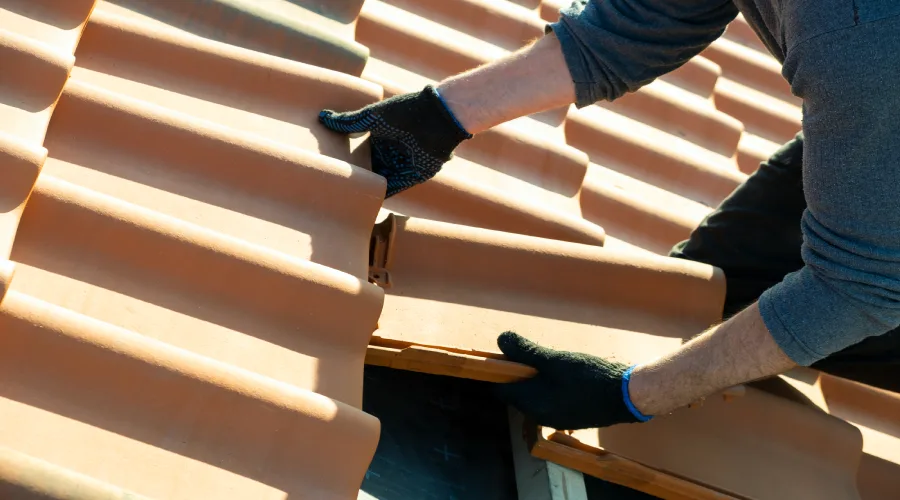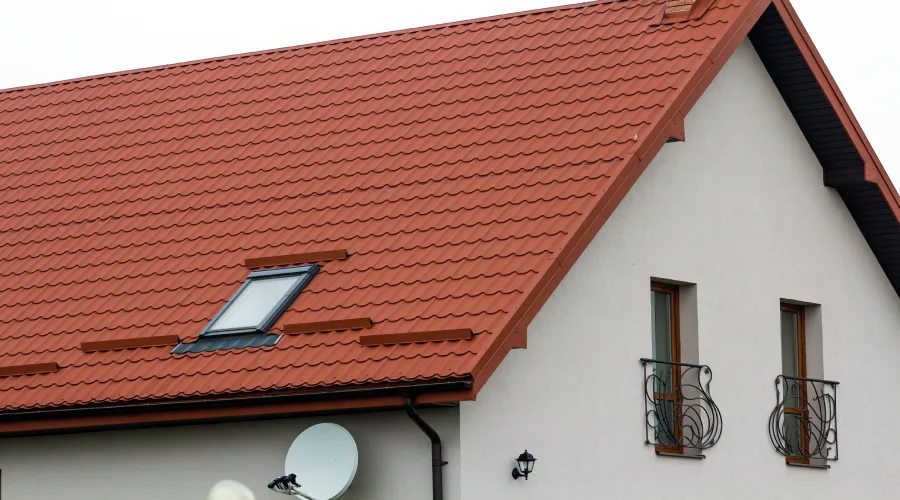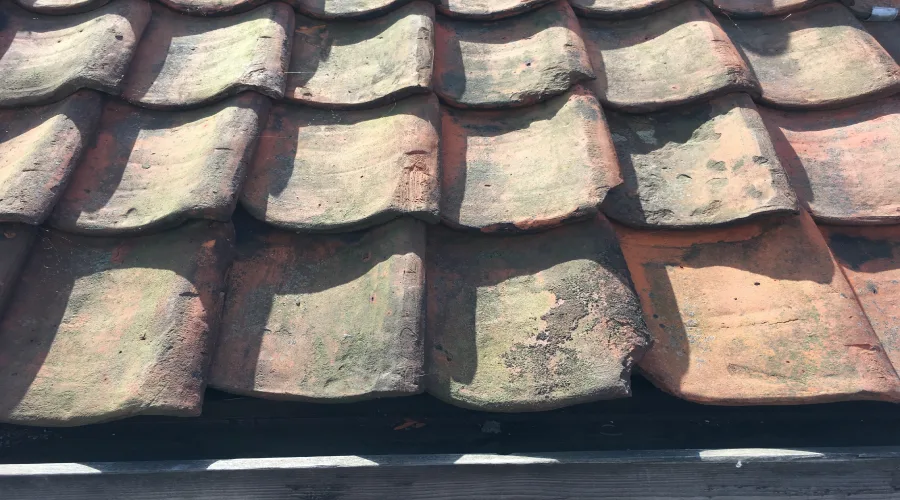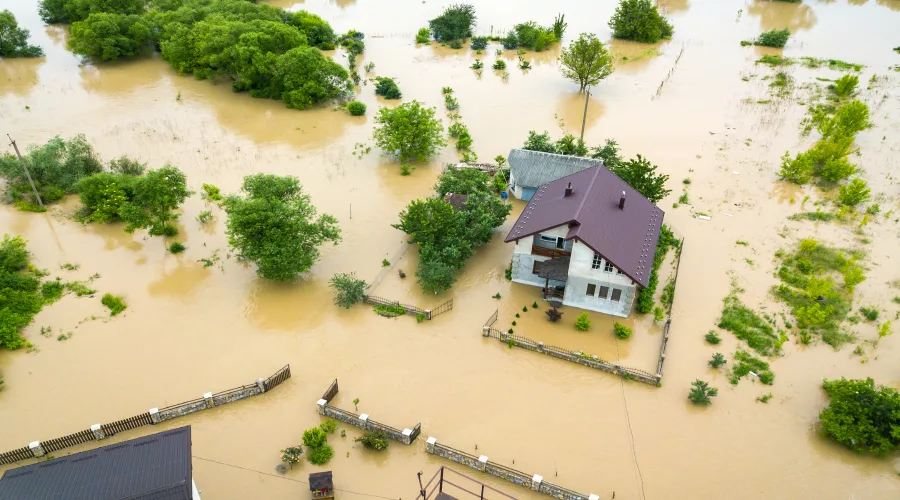The roof isn't designed to be replaced regularly. If you hire an experienced Roof Damage Repair in Anchorage and a reliable material contractor and you're not required to replace your roof until it's near the possible end of its lifespan. and for replacement must contact an expert. If your roof was properly installed and the loft is well-ventilated, and the roof is maintained with the latest technology, it'll get the closest to the highest lifespan. That means you won't need any replacement for more than 20 years or up to 50 years (or more) depending on the kind of roofing material you've got.
For Example:
The most widely used roofing material used in the United States is black-top engineering shingles. As long as everything is completed correctly during installation it is recommended to start thinking about a replacement roof in the near future.
There are times when you'll need one earlier due to damage from a storm or a sudden roof disappointment. However, the case, the majority of property owners' roofs, should be replaced when it's near the maximum possible limit of their lifespan.
How Often Is A Roof Need To Be Replaced In Light Of The Roofing Materials
Now you realize that you don't (except when something happens in a way that is disastrous) have to replace your roof until it's close to the maximum of its lifespan. But, remember, how often you'll need replace your roof is contingent on the roofing material you're using.
How Long Can The Black-top Roof Last?
There are three distinct types of black-top shingles, including 3-tab, extravagance, and design. Three of them have different lifespans set by the manufacturer of the black-top shingles.
Lifespan Average of a roof: Evidently, different kinds of roofs will have different longevity. Therefore, we'll begin with a list of our estimates of typical roof lifespans depending on the material used for roofing. and this statement is helpful to those people who are also worried about their home basements if your are also suffering from this problem must take Basement Flood Cleanup services.
Asphalt Shingles: Under normal conditions, three-tab asphalt shingle roofs can last between 15 and 20 years before needing replacement. But Architectural asphalt roofing tends to be a little more resistant to elements due to its style. They could last for 10 years longer than 3-tab asphalt roofing shingles.
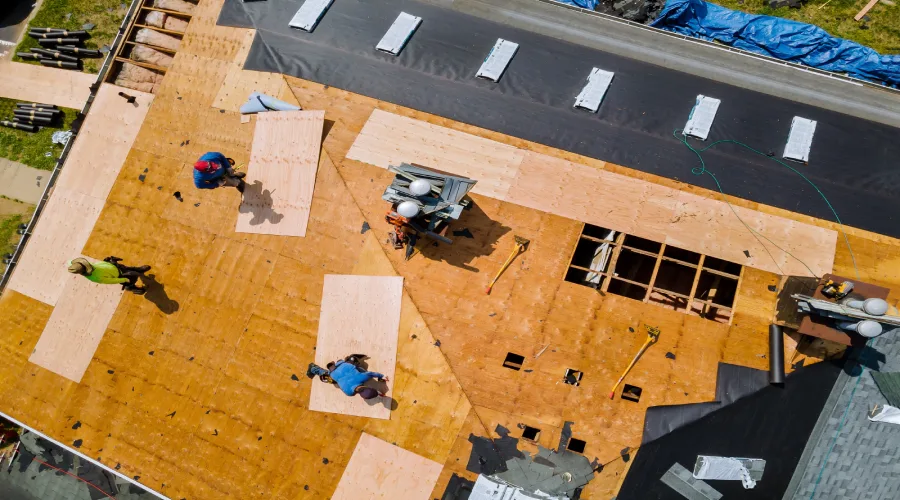
Cement Tiles Roofing: The clay/concrete tile roofing option is among the strongest roofing options available. The tiles are not only very durable and durable, but they're also extremely heavy. They're positioned on top of a strong roofing reinforcement, which gives additional protection for your home.
Because of this, the tile roof is very long-lasting and can last for 50 to 100 years.
Slate roofing: Slate is easily the most durable roofing material that you can purchase. It typically can last for 100 years or more.
Holz Shingles: The shingles of wood typically last between 25 and 30 years. But they do require regular maintenance that can impact their life span.
For instance, if you don't keep your roof free of moss and leaves the roof will trap moisture and swell the roof, causing decay. However, if you stay up with the needed maintenance, you could be able to get about 50 years from the wooden roof made of shingles.
The wood roofing system is also vulnerable to being damaged by fire. It is therefore dangerous and unfit for installation in certain places since it could easily explode in fire.
A Shake Of Wood: Since wood shakes are heavier than shingles, they are more resistant to UV rays and severe weather. They should last for 35-40 years.
However, as with all maintenance, it is important to remember that it is a major factor. How well you care for the wood shake roof will determine the time frame it will last.
Roofs Made Of Metal: Metal roofing is yet another robust roofing choice. Metal roofing materials that are commonly used such as aluminum and steel will last for 50 years prior to needing replacement. Other roofing materials made of metal, such as copper and zinc, could last for a hundred years or more.
Other Variables That Affect The Life Span Of Your Roof
Apart from the materials, it's constructed out of, the longevity that your roofing will last is determined by elements like weather and maintenance as well. For instance, certain weather conditions can cause cracks and mold to wood shingles more quickly. Metal roofs that are resilient might be prone to deterioration of sealants as time passes.
Furthermore, asphalt shingles are lightweight and can break more frequently in areas that experience a lot of high winds. The areas that experience high winds and lots of trees can also knock branches of trees onto the roofing, which can cause damage. Additionally, if the damage isn't treated promptly the damage will get more severe. A small crack may allow water in beneath the roof material. The roof material expands and contracts as the temperature fluctuations, which causes the crack to expand. In this way, regular roof inspections are crucial to prolonging the life that your roofing will last, regardless of the materials, it's made from.
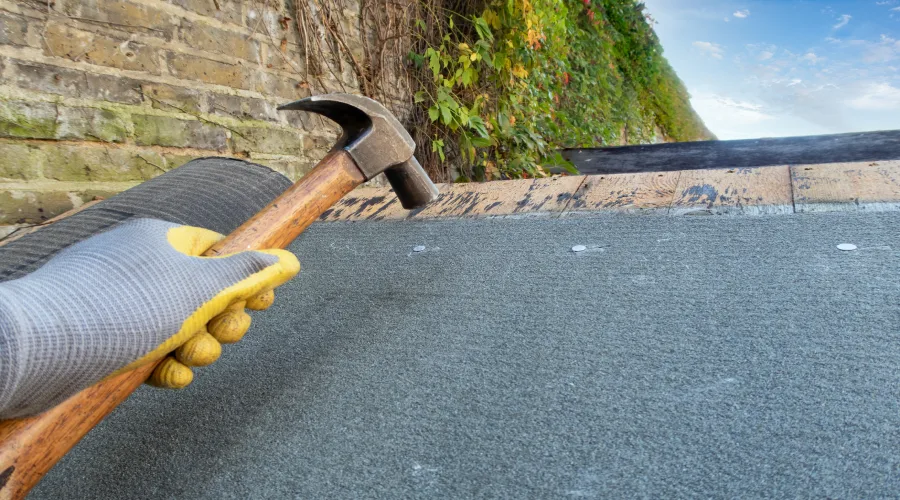
A Sign Of Damage To Your Roof That Can Reduce The Life Of Your Roof:
As mentioned, untreated roof damage can quickly get worse. Here are some typical examples of roof damage that could make your roof less durable If you don't have it repaired.
Holes As Well As Leaks:
Holes that are large enough to allow sunlight through are an indication of damage to your roof. This could mean that the roof will require replacement within the next few months.
Smaller cracks and holes allow moisture to enter. These will become worse in a short time as we mentioned above.
If you see sunlight passing through the ceiling's holes or leaks during rainy days (especially within the attic) is it time to get your roof examined.
Moisture And Water Stain/Damage
Other indicators of leaks are excessive moisture or damage from water to the decking within the attic, or in the ceiling. Most often, the water that is leaking may seep into the insulation of the attic, therefore you should look there as well. You may also see the presence of puddles inside your attic.
If your ceiling is stained with circles of yellow or brown streaks, it's likely that you have leaks. It's also possible to notice yellowish or brown streaks on the walls. This coloration is the result of rainwater carrying dirt or other debris that seeps throughout the wall or ceiling.
A ceiling that is sagging is a more serious indication of a leak. It is best to have your roof repaired if you observe these signs.


